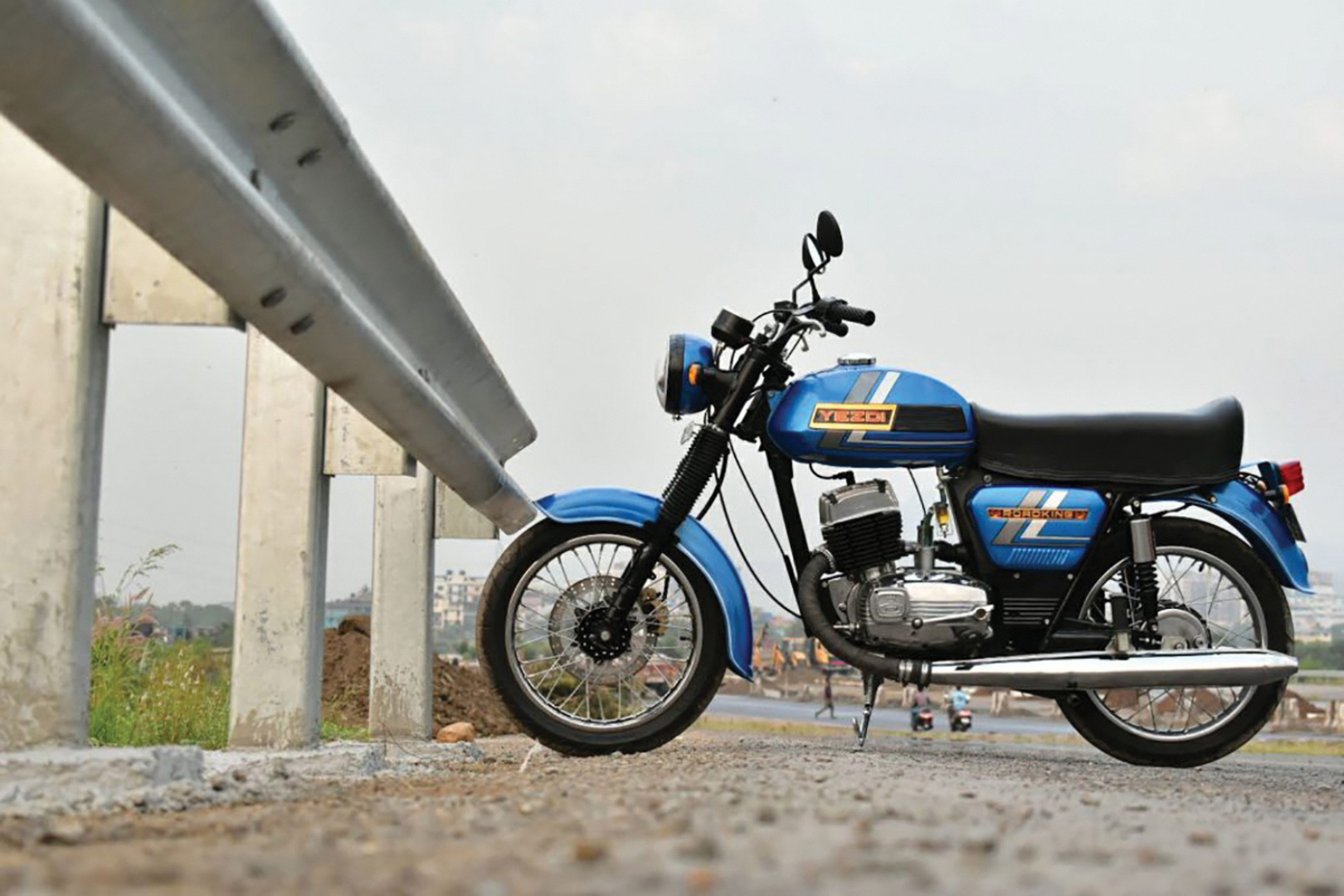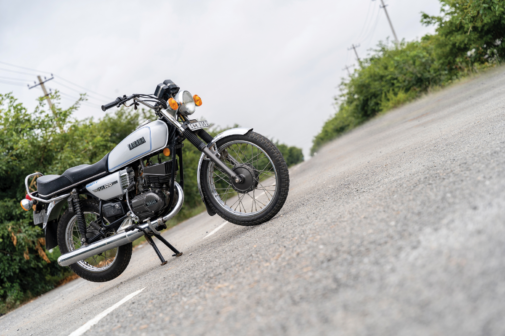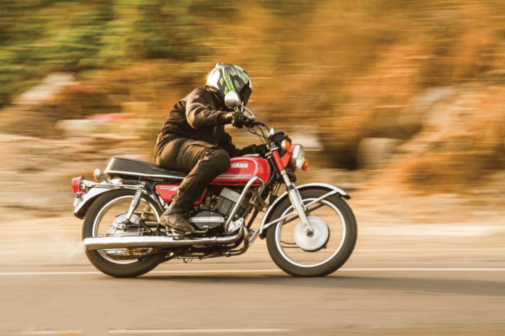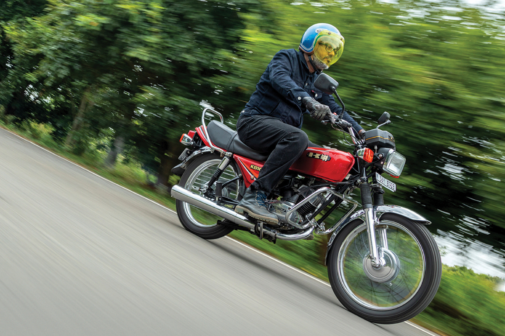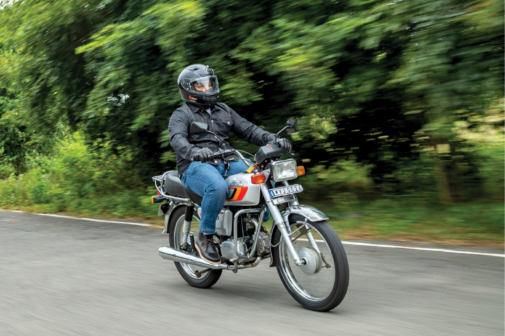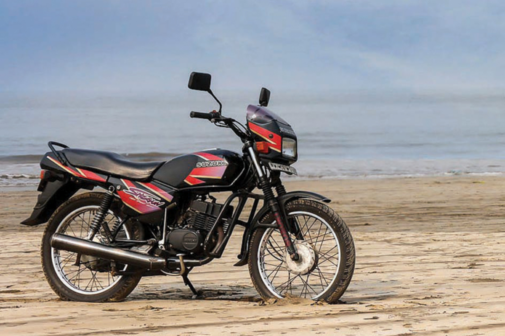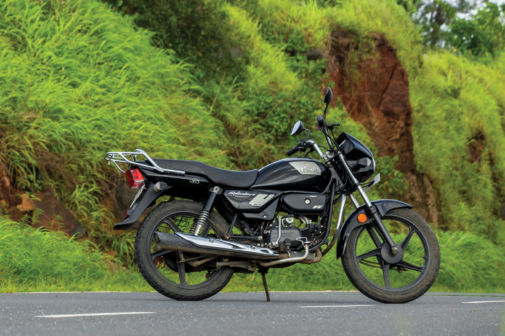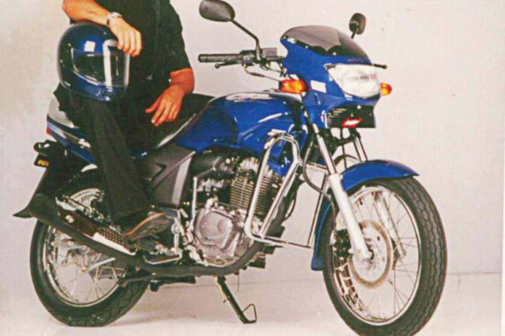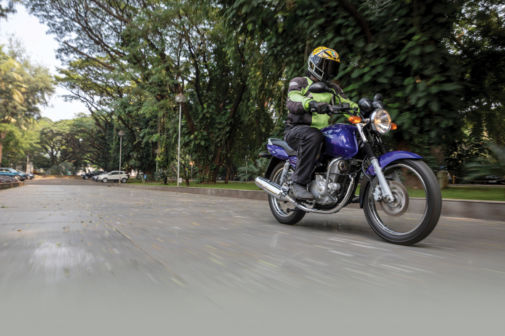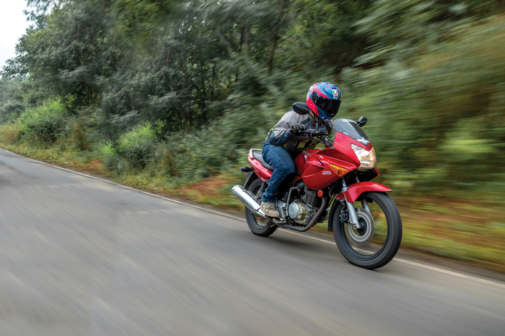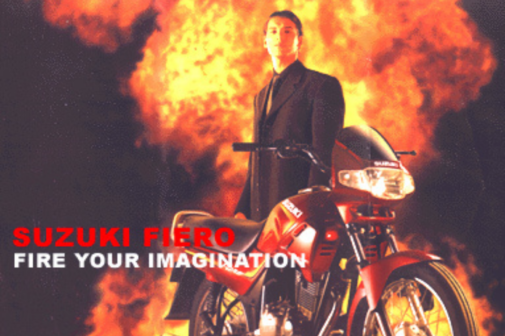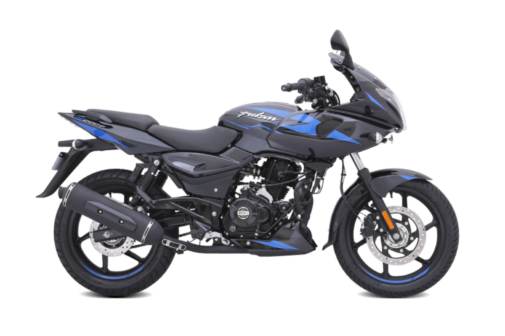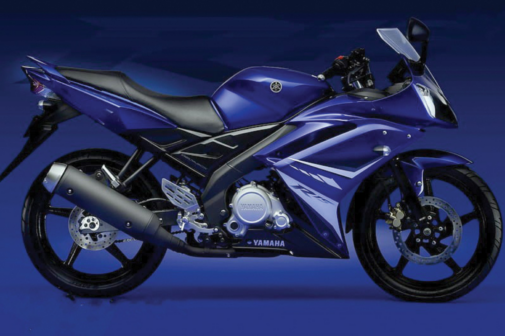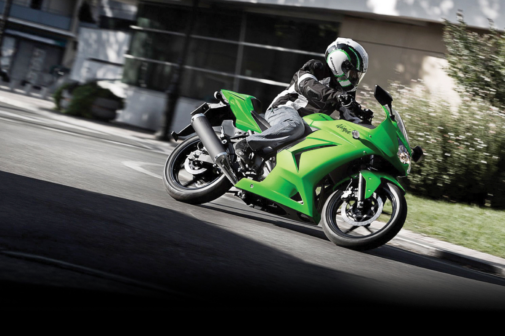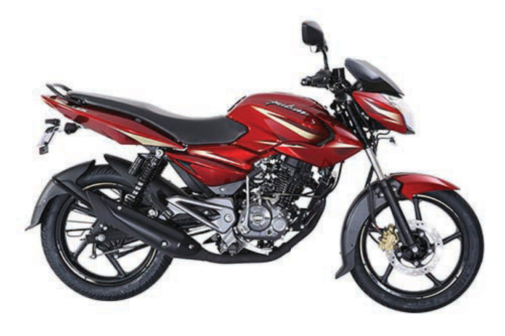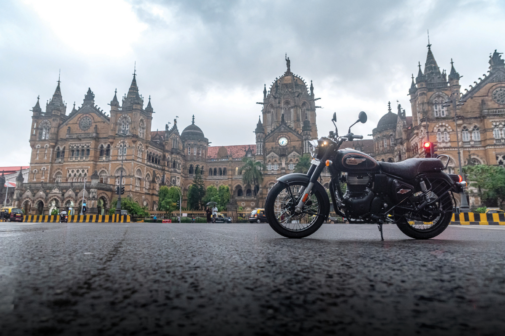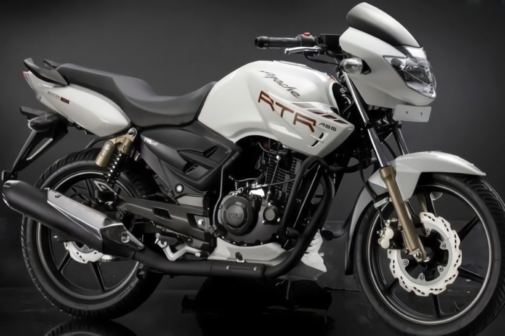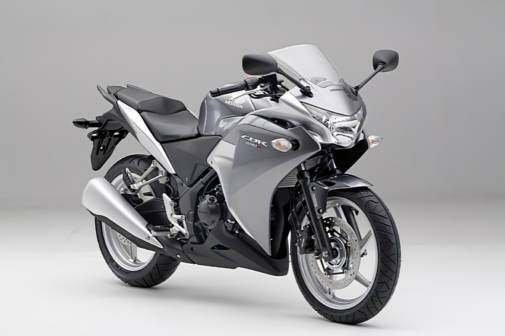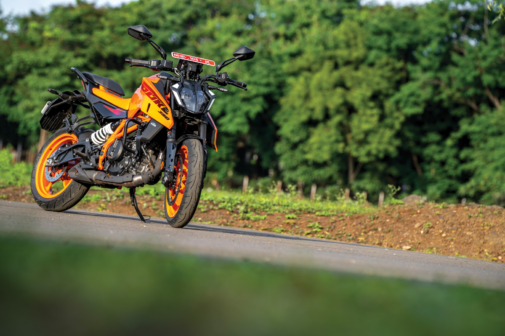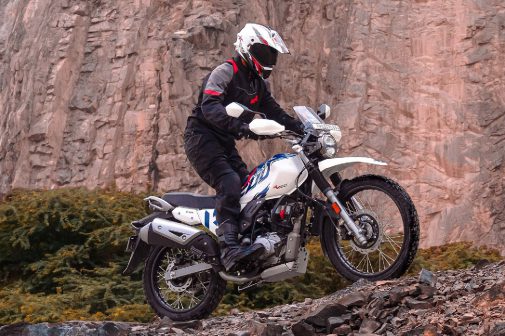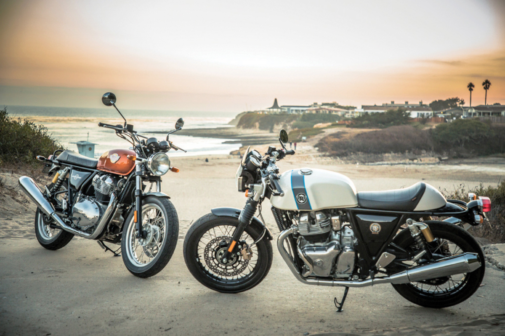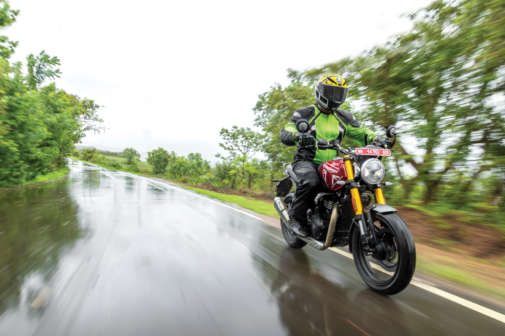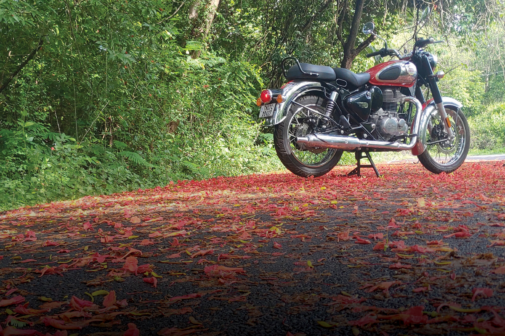15.9 million — that’s the number of two-wheelers sold in this financial year in India. In a country like ours, two-wheelers play a big role, not just helping people to move but also their livelihood. If I were to tell the story of the Indian two-wheeler scene through motorcycles, these 25 bikes will explain it the best:
YEZDI ROADKING
The 70s was the decade of rebellion and freedom, and the Yezdi Roadking became the perfect vehicle to symbolise that. Taking the baton from the short-lived Oilking, the Roadking used a 250cc two-stroke air-cooled single-cylinder unit bellowing a raspy note and blue smoke from two exhausts. Just like the Oilking, this too didn’t use pre-mixed fuel but had a separate oil lube system. And of course, how can one forget the gear-shifter that doubled up as the kick starter.
YAMAHA RX 100
Though Indians were going gaga over the new generation of four-stroke fuel sippers, the two-strokers didn’t go up in smoke yet. This petite bike was and continues to be an absolute riot. What made the RX special was its 98.2cc two-stroke motor that put out a little 11 bhp and 1.06 kgm, which may not seem much, but pair it with the skinny tyres and a dry weight of 95 kg, what you had was the perfect machine to put it through its paces through the open roads… and the drag strip.
ESCORTS YAMAHA RD350
Contrary to what you might have heard, RD stands for ‘Race Derived’. The 347cc parallel-twin two-stroker was unlike anything that Indians had experienced. No, it was just about the 30 horses and the 3 kgm that were at your disposal, but also the way it served it on a platter. It was as if Dr Jekyll suddenly turned into Mr Hyde. And though it loved speed, stopping wasn’t its strongest suit, and hence RD earned the nickname of ‘Rapid Death’.
KAWASAKI-BAJAJ KB100
Another Indo-Japanese team that was preparing to take the Indian market in one full sweep was Bajaj and Kawasaki. The latter had its KH125’s engine reworked from a 125cc to a 97.6cc to be imported to India, but everything else was the same. And that’s what they were betting on. Even though it wasn’t as fuel efficient as the Hero Honda CD100, it certainly looked as attractive.
HERO HONDA CD100
1983: Indian roads were ruled by two-strokes, and even though they were a lot of fun, what we needed was a ‘sane’ bike that could appease the family-oriented crowd. Enter the Hero Honda CD100 — the first motorcycle to spawn from the Indo-Japanese alliance. With its ‘Fill it. Shut it. Forget it.’ mentality, it birthed the era of ‘Kitna deti hai’. And with that, its humble 96cc four-stroke took its first step to rule our roads.
TVS-SUZUKI SHOGUN
When chrome was the fan favourite, the Shogun showed up in its all-black attire with red graphics and ‘Shogun’ written in pink… yes, Pink! But that’s not the reason it was called The Boss. Aimed straight at the Yamaha RX 100, the Shogun made 14 bhp and could clock 105 kph with its 110cc engine. Oh, and it could sprint from nought to 60 kph in under six seconds. All that with a basic frame, suspension and drum brakes at both ends. But with TVS sweeping championships with this bike meant the ingredients were just about right, but not to everyone’s palate.
HERO HONDA SPLENDOR
After a successful run of the CD100, the Splendor took the reins and continued to woo customers with low running costs and high mileage. Hero Honda used a 97.2cc version of the same ‘sloper’ engine, and in this guise, it made around 7 bhp. Not only does the Splendor continue to be in production till date, but is the highest-selling two-wheeler in our market.
HERO HONDA CBZ
In the late 90s, the two-strokers were feeling the heat of the stringent emission norms, and the four-strokes were nothing more than commuters… until the CBZ arrived. The design was inspired by Honda’s CB series, and used Honda’s 156.8cc four-stroke engine from the CRF 150F. Along with performance, it had features like a starter switch, disc brake and a 5-speed gearbox with a toe-shifter. This was unlike anything Indians had experienced, and laid the foundation for the performance motorcycling of the four-stroke era.
BAJAJ PULSAR 180
Now that Indians had tasted this new breed of performance motorcycling, we wanted more. And Bajaj delivered with not just one, but two bikes — the Pulsar 150 and the Pulsar 180. The latter naturally made more power and torque from its 178.61cc engine, came with a one-down-four-up gearbox, and had an electric starter. Complementing that was its muscular bodywork. And from then on, the Pulsar brand got a cult following that continues till date.
HERO HONDA KARIZMA
The punch that Bajaj threw with the Pulsars hit hard, and Hero Honda wasn’t going to let that go easily. So, a slightly detuned version of the Honda CRF230 was deployed, cocooned in a bodywork inspired by the Honda CBF600S. This was the Hero Honda Karizma — the first ‘big bike’ that was so accessible to Indians. The 223cc engine put out 20 horses and 2 kgm, something commoners hadn’t experienced until then.
TVS-SUZUKI FIERO
This Indo-Japanese alliance too had an answer for the CBZ and the Pulsar 150 — the Fiero. The emission norms were tightening their noose on the two-stroke bikes, and Suzuki, whose prowess was the blue-smokers, now had to make a four-stroke machine. The Fiero came with a 147.5cc engine that made a decent 12 bhp and weighed just 126 kg. Unfortunately, this was also the last bike from the TVS–Suzuki partnership.
BAJAJ PULSAR 220F
It was now a displacement war. Bajaj’s 180 was overpowered by Hero’s 223cc half-faired bike, so the former landed a strong blow with its own half-faired 220cc bike. It had clip-on handlebars, projector headlight, and split seat. All of these, with its respectable performance figures made the ‘World’s Fastest Indian’ an instant hit. Though it is not the fastest Indian anymore, it has such a big fanbase that Bajaj had to restart the production even though the 220F was to be discontinued from 2022.
YAMAHA YZF-R15
Now Indians were familiar with performance, but nothing could have prepared them for what the R15 had to offer. Aesthetically, it was a big break from Yamaha’s bug-eyed commuters, and offered sportiness with a dash of practicality. The 150cc liquid-cooled single-cylinder engine made 16 bhp and 1.47 kgm, but what made it all the more special was how the deltabox chassis brought out the inner racer in you. And back then, it didn’t have a natural rival… and interestingly enough, doesn’t have one today, too.
KAWASAKI NINJA 250R
Soon after, India got its next sports bike — the Ninja 250R. It was the first four-stroke parallel-twin bike you could buy without getting into the grey business. The 250R lured you with performance that was unheard of. Plus, only Kawasaki could have launched a motorcycle THAT green with just three puny stickers spelling out the name of the bike.
BAJAJ PULSAR 135 LS
After the 220, everyone was expecting an even bigger Pulsar, but instead got the smallest one back then. ‘LS’ stood for ‘Light Sports’ and it did do justice to its name. Tipping the scales at just 122 kg, the LS had a tubular frame with a single downtube and used the engine as its stressed member. To top it off, the LS’ engine had a 4-valve head and Bajaj’s DTS-i dual-spark plug wizardry which coupled with the 13.3 bhp and 1.16 kgm made the little Pulsar a hoot to ride.
ROYAL ENFIELD BULLET
The oldest name in continuous production, and for a reason. This simple, retro bike has served the army, won races and conquered uncharted territories. The Bullet has had a cult following in India, and to this date continues to be the dream bike for many. Yes, it was notorious for breaking down, but that was its ‘character’ and also the reason for turning many boys into men.
TVS APACHE RTR 180 ABS
The ‘Apache’ moniker had been around since 2006, giving a tough fight to the Hero and Bajaj bikes, however, in 2011 it introduced the gamechanger — the Apache RTR 180 ABS. It was the first bike in India to offer Anti-lock Braking System. It already was one of the quickest accelerating bikes in its class, and the addition of ABS only made the deal sweeter.
HONDA CBR250R
By now, a fair share of Indian consumers were ready to compromise on fuel efficiency in pursuit of performance. Honda now got into the game with its CBR250R — a quarter-litre sports tourer that was good for the track and for munching miles. Though it took the ‘CBR’ name, it had the genes of Honda’s CBR and VFR family of bikes. It packed 25 bhp and 2.3 kgm, and was known to be a friendly, versatile machine.
ROYAL ENFIELD HIMALAYAN
The Himalayas were ruled by the Bullet, but Royal Enfield wanted to bring something that was born for the purpose of conquering the mighty range, and thus the Himalayan was born. It featured a new 411cc long-stroke motor and had everything you could ask for from an ADV — 21/17-inch tyres, long-travel suspension, comfortable seat. It held on pretty well, until handing over the baton to the more modern all-new Himalayan.
KTM 390 DUKE
Bajaj had now partnered with Austrian brand KTM, and introduced the 390 Duke in 2013. With 43 bhp and 3.6 kgm at your disposal on a bike that weighed as much as Pulsar 220F, the Duke was an instant hit. Plus, at Rs 1.80 lakh, it redefined the term ‘value for money’. Now, a decade and two generations later, it continues to be one of the best bikes you can buy without burning a big hole in your pocket.
KTM RC 390
The Kawasaki Ninja 300, Yamaha YZF-R3, and the Honda CBR250R were the good boys of the faired bike world, and the RC 390 was the bratty one. It didn’t care about practicality or friendliness. It demanded you to be in shape, and have balls of titanium to have the maximum fun. It didn’t care much about aesthetics, either. You either like it or don’t. But that pillion seat? There’s no denying that was and continues to be the most ridiculously beautiful design.
HERO XPULSE 200
The Impulse left Indians wanting for more, and Hero gave it with the XPulse. It was light, efficient, and easy on the pocket but more importantly, offered a steep learning curve for those willing to learn the ropes of off-roading. To sweeten the deal, Hero rolled out the rally kit with equipment to make it truly rally-ready. Over the years, it received its fair share of updates, including a 4-valve head treatment.
ROYAL ENFIELD 650 TWINS
Enfield rattled the Indian motorcycling scene with its 650 twins. A 650cc parallel-twin with 47 bhp, 5 kgm and authentic British retro bike styling for the price of a modern single-cylinder bike? Who wouldn’t want a piece of that action, right? And the platform that started with a roadster and a cafe racer, now also has two cruisers and soon would be joined by a scrambler. It was and still is the cheapest twin-cylinder experience you can have.
TRIUMPH SPEED 400
Just like the 390 Duke, the Speed 400 shook the Indian premium motorcycle market, and once again, it was Bajaj. With this Triumph roadster, Bajaj didn’t just nail the pricing, but also set a new benchmark for quality. And on top of that, the Speed 400 entices you with performance that will keep you entertained in the city and on the twisties.
ROYAL ENFIELD CLASSIC 350
The UCE engine was put to rest, and the J-series engine was to take on the duties of the highest-selling RE platform. Now that was a big responsibility, and boy did that engine deliver. It felt nothing like the UCE Classic, yet it was a Classic 350 in every sense. It wasn’t vibey nor was it afraid of speed, but once on it, you wouldn’t care less for either.





